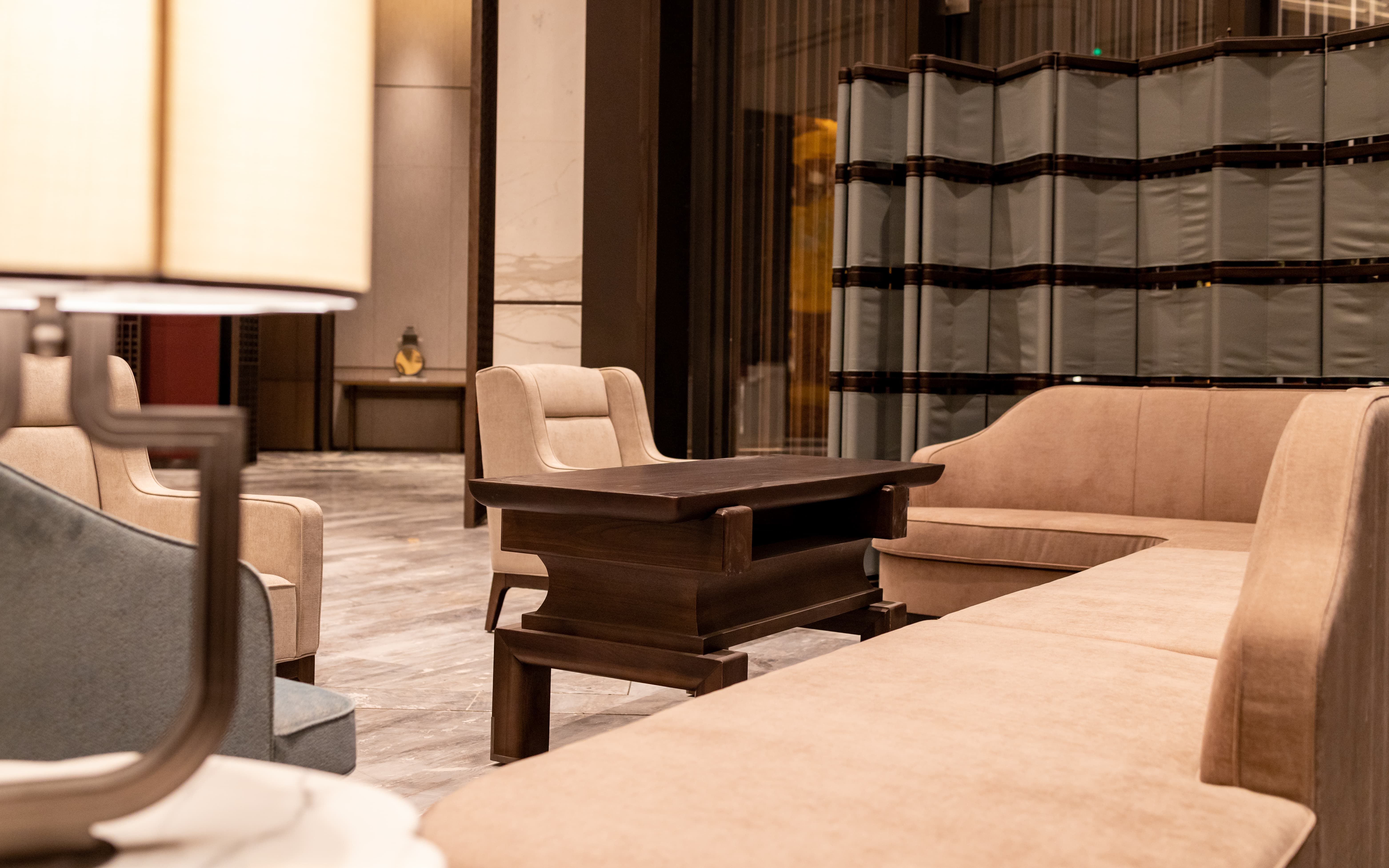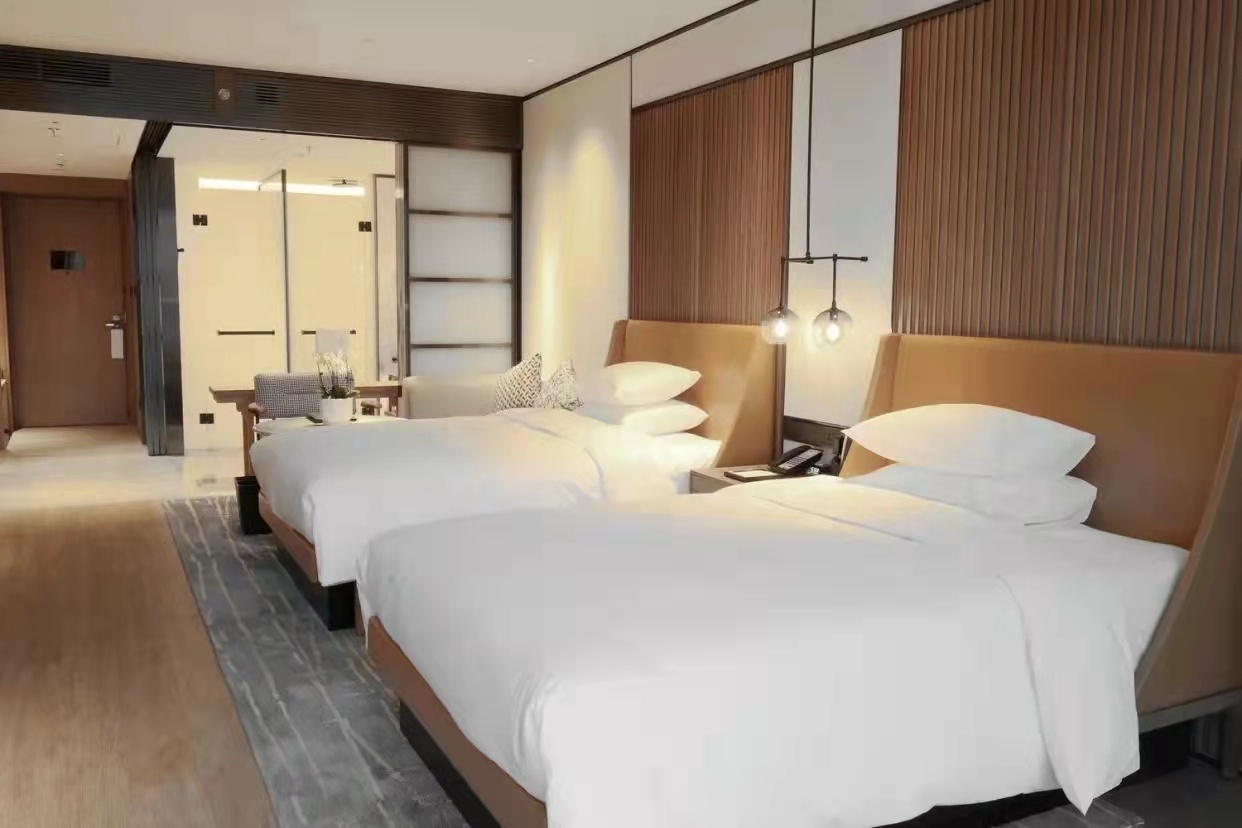How to Select the Perfect Boutique Hotel Bedroom Furniture
Publish Time:
2025-10-04
How to Select the Perfect Boutique Hotel Bedroom Furniture
Table of Contents
- Understanding the Unique Essence of Boutique Hotels
- Key Factors in Choosing Boutique Hotel Bedroom Furniture
- Balancing Style and Functionality
- Incorporating the Local Culture
- Selecting the Right Materials for Durability
- Furniture Arrangement and Layout
- Trends in Boutique Hotel Furniture Design
- Sustainability in Hotel Furniture Selection
- Frequently Asked Questions
Understanding the Unique Essence of Boutique Hotels
Boutique hotels are renowned for their unique character and intimate atmosphere. Unlike large chain hotels, boutique establishments focus on offering personalized experiences to their guests. Therefore, **the selection of bedroom furniture** is crucial in establishing an inviting ambiance. Each piece should reflect the hotel's identity, enhance the guest experience, and offer comfort.
The furniture in boutique hotels should encapsulate the brand's story while catering to the practical needs of guests. Hence, when choosing **bedroom furniture**, it’s imperative to keep in mind the overall theme and aesthetic of the hotel. This approach ensures a cohesive look that resonates with visitors.
Key Factors in Choosing Boutique Hotel Bedroom Furniture
Choosing the right furniture for your boutique hotel bedroom hinges on several critical factors. Here are the most vital considerations:
1. Target Audience
Understanding your target demographic is essential. Are your guests primarily young travelers, families, or business professionals? Tailoring your furniture selection to meet their preferences and needs will enhance their stay.
2. Space and Layout
Evaluate the dimensions of the room. Space constraints can significantly influence furniture choices. Opt for pieces that maximize functionality without sacrificing style. For instance, a **wall-mounted desk** can save space while providing a practical working area.
3. Comfort Level
Guests prioritize comfort in their accommodations. Invest in high-quality mattresses, supportive chairs, and plush bedding. The comfort of your furniture can lead to positive reviews and repeat visits.
4. Style Cohesion
Ensure that all furniture pieces complement each other and align with the hotel's overall theme. For instance, a **minimalist design** may call for sleek lines and neutral colors, whereas a **rustic hotel** might benefit from reclaimed wood and vintage-inspired decor.
Balancing Style and Functionality
While aesthetics are vital, the furniture must also serve practical purposes. Here’s how to strike a balance:
1. Multi-Functional Furniture
Consider investing in multi-functional pieces, such as **sofa beds** or **storage ottomans**. These items not only add to the style but also provide additional utility, essential for smaller rooms.
2. Ergonomics
Ergonomic furniture enhances guest comfort and promotes well-being. Provide adjustable chairs that support proper posture, especially in working areas.
3. Easy Maintenance
Select materials and finishes that are easy to clean and maintain. Upholstery fabrics with stain resistance, for instance, can significantly reduce upkeep time and costs.
Incorporating the Local Culture
One of the hallmarks of boutique hotels is their ability to reflect the local culture. Integrating regional elements into the furniture selection can enhance the guest experience:
1. Local Artisans
Collaborate with local craftsmen to create custom furniture pieces that showcase regional artistry. These unique items can serve as conversation starters for guests.
2. Regional Materials
Utilize locally sourced materials where possible. Not only does this support the local economy, but it also adds an authentic touch to your hotel’s design.
3. Cultural Themes
Implement cultural themes through color palettes, patterns, and textures prevalent in the area. This approach can create a sense of belonging for guests, making their stay more memorable.
Selecting the Right Materials for Durability
Durability is a paramount consideration when selecting furniture for a boutique hotel. Guests expect quality, and the furniture must withstand wear and tear from frequent use.
1. Upholstery Materials
Choose upholstery fabrics that are both stylish and durable. Options like **performance fabrics** are resistant to stains and abrasions, making them ideal for high-traffic areas.
2. Hardwoods vs. Softwoods
When selecting wooden furniture, hardwoods such as oak or maple offer longevity and strength compared to softwoods. While they may come at a higher price, the investment pays off in durability.
3. Finishes and Hardware
Opt for high-quality finishes and hardware that can endure daily use. Soft-close mechanisms for drawers and cabinets can enhance the user experience and reduce noise.
Furniture Arrangement and Layout
The arrangement of furniture in a boutique hotel bedroom is crucial for creating a welcoming environment. Consider these tips for optimal layout:
1. Flow and Accessibility
Arrange furniture to facilitate easy movement throughout the room. Avoid cluttering spaces and ensure that guests can access essential items without obstruction.
2. Focal Points
Create focal points in the room with strategically placed furniture. A beautifully framed bed with accent pillows can draw the eye and set the tone for the room.
3. Zoning
In larger rooms, consider zoning different areas for sleep, work, and relaxation. Use rugs or furniture placement to delineate these spaces effectively.
Trends in Boutique Hotel Furniture Design
Staying updated with the latest trends in furniture design is vital for maintaining a fresh and appealing atmosphere. Here are some emerging trends:
1. Vintage and Retro Styles
Vintage and retro furniture pieces are making a comeback. Consider incorporating these styles to evoke nostalgia and charm in your hotel.
2. Minimalist Aesthetics
Simplicity continues to be a popular trend. Opt for clean lines and unobtrusive designs that create a calming effect within the bedroom.
3. Bold Colors and Patterns
Don’t shy away from bold colors and patterns. They can add personality and a unique flair to your boutique hotel space, attracting a diverse clientele.
Sustainability in Hotel Furniture Selection
As guests increasingly prioritize sustainability, eco-friendly furniture choices are becoming essential. Here’s how to incorporate sustainability into your selection:
1. Sustainable Materials
Choose furniture made from sustainable materials, such as reclaimed wood or bamboo. These options reduce environmental impact and appeal to eco-conscious travelers.
2. Energy-Efficient Designs
Invest in furniture that incorporates energy-efficient features, such as LED lighting or solar-powered elements. This approach can reduce operational costs and enhance sustainability.
3. Recycling and Upcycling
Consider upcycling existing furniture or recycling materials in your designs. This not only minimizes waste but also allows for unique and creative furniture solutions.
Frequently Asked Questions
1. What is the best type of mattress for boutique hotel bedrooms?
The best mattress combines comfort and durability, such as high-density foam or hybrid mattresses that offer support and comfort for diverse guest preferences.
2. How can I ensure that my furniture aligns with my hotel’s theme?
Conduct thorough research on design trends relevant to your theme. Collaborate with interior designers who specialize in boutique hotel designs to ensure cohesiveness.
3. What is the average lifespan of hotel furniture?
The lifespan varies depending on the material and usage. Generally, high-quality furniture can last between 5 to 10 years or more with proper care.
4. How should I maintain my hotel furniture?
Regular cleaning and upkeep are crucial. Follow the manufacturer's guidelines for care and use protective treatments on fabrics and surfaces to enhance durability.
5. Can I mix different styles of furniture in a boutique hotel?
Yes, mixing styles can create an eclectic and unique atmosphere, but it’s essential to maintain a cohesive overall theme to avoid a chaotic look.
Conclusion
Selecting the perfect boutique hotel bedroom furniture is an intricate process that requires a balance of aesthetics, functionality, and sustainability. By understanding your target audience and incorporating local culture, you can create an inviting atmosphere that enhances the guest experience. Prioritize comfort and durability while staying updated with the latest design trends to ensure your boutique hotel remains competitive in a vibrant market. With thoughtful planning and attention to detail, your hotel can stand out and provide guests with memorable experiences that keep them coming back.
Online Message
*We will contact you as soon as possible after receiving your message!
Friendly Links:





